We understand that as the healthcare landscape continues to evolve, respiratory clinicians and care providers need a technology partner to help them deliver effective therapies and better care across the entire patient journey.
The automated clinical technologies* embedded in Philips Respironics ventilation solutions can help you to care for a wide range of unique patient needs, from critical to chronic, across the hospital and home.1-5
Auto-Trak, AVAPS and AVAPS-AE are designed to deliver…

Customized care

Enhanced comfort
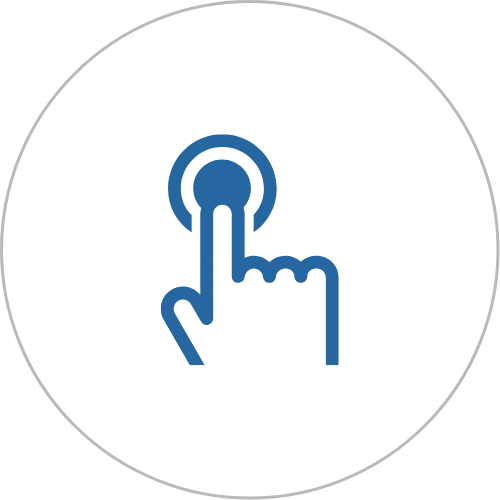
Simplified patient set up and management
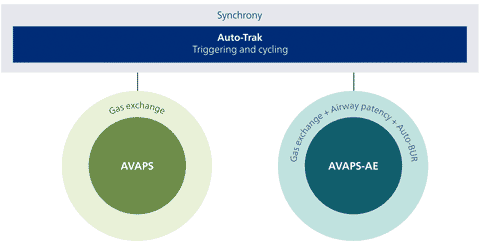
Helping to improve patient outcomes and experiences
Even as a patient’s condition changes, our technologies automatically adjust the relevant features to deliver therapeutic comfort and care.
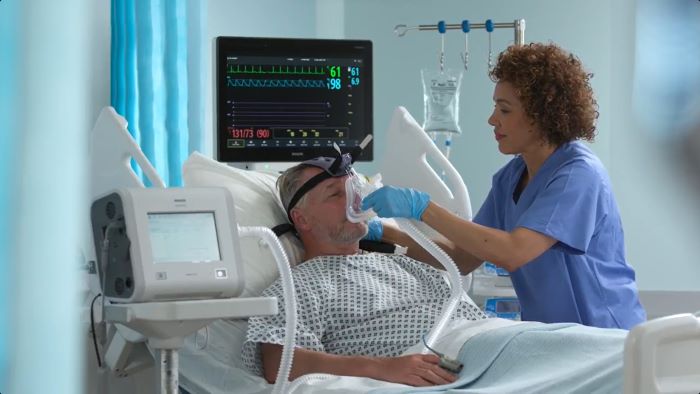
Learn more about how our technologies are designed to maintain effective therapy to enhance patient comfort by adapting to their changing conditions.6
More information, tools and resources are available on the Philips Learning Connection.
Helping to simplify the complexities that care teams face when managing ventilated patients1,7
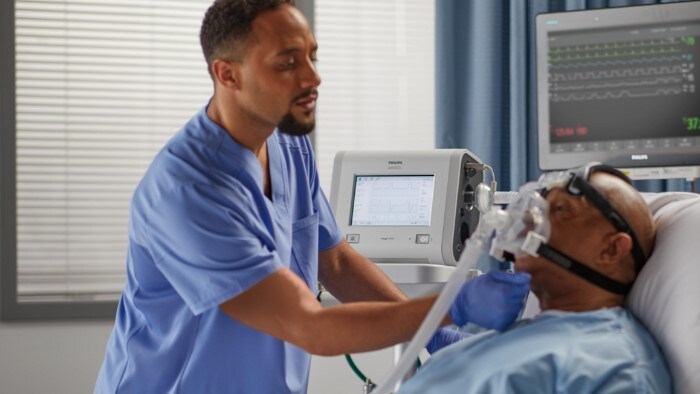
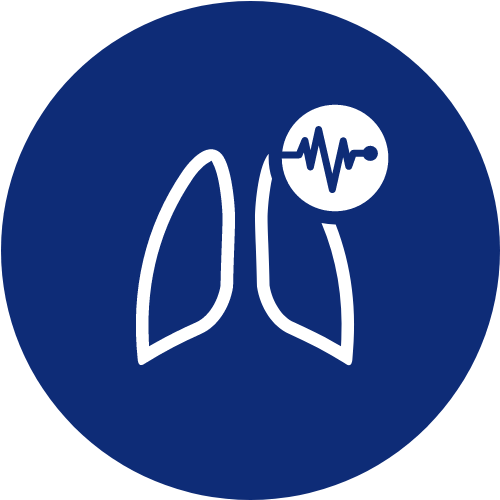
Auto-Trak
Designed to automatically respond to changing breathing patterns and leaks to ensure optimal system response with every breath8:
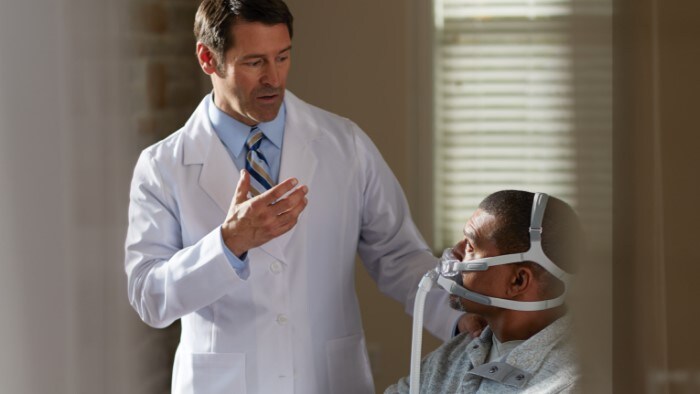
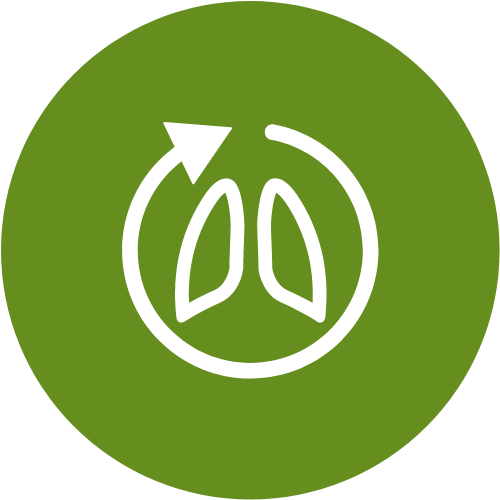
AVAPS
Designed to automatically adjust pressures to achieve the target tidal volume, minimizing the need for frequent bedside adjustments9-11:
It is designed to automatically and proactively titrate EPAP to reduce obstructive sleep events.**
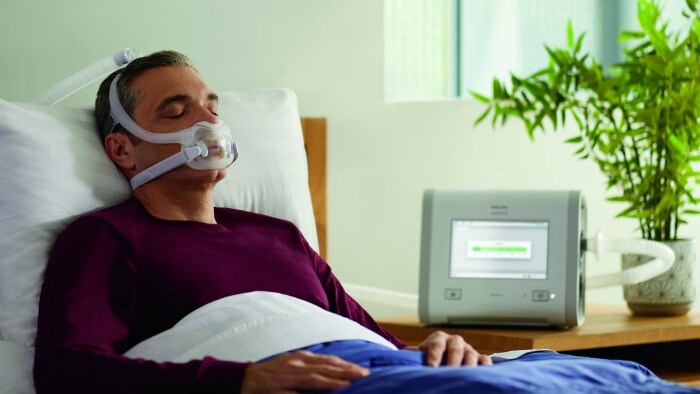
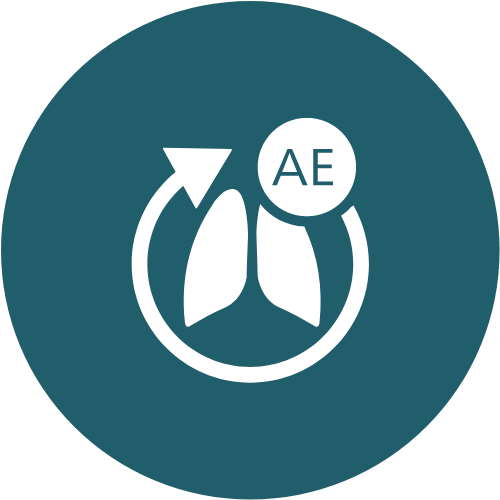
AVAPS-AE
Designed to address common ventilation concerns, such as gas exchange, airway patency, and asynchrony13:
How can respiratory care teams adopt these technologies?
Learn more about the devices that feature our automated clinical technologies.
DreamStation AVAPS
DreamStation BiPAP AVAPS algorithms provide appropriate therapeutic support to meet the changing needs of patients over time.1,3,7,9
Philips Respironics
Trilogy EV300
Delivers proven performance**** in noninvasive and invasive mechanical ventilation, so patients can be treated with a single device throughout their hospital stay, regardless of changing conditions.
Philips Respironics
Trilogy Evo
A portable hospital-to-home ventilator that delivers non invasive and invasive ventilation, and is designed to stay with your patients across changing care environments.
To learn more about our automated clinical technologies, please contact your Philips representative or complete the form below.

* Auto-Trak, AVAPS, AVAPS-AE.
** Not available in all markets or in Trilogy Evo Platform.
*** Study done with COPD patients
1. Murphy et al., (2022) Thorax, 78(1), 24–31
2. Saddi et al., (2021) J Clin Sleep Medicine, May 1;17(5):925-930
3. Murphy et al., (2015) European Respiratory Journal, 46 (2) 548-551
4. Maheshwari et al., (2022) The European Respiratory Journal, 14(12):e32200
5. Briones-Claudett et al. (2013) Hindawi, volume 2022, Article ID 4333345
6. Limsuwat et al., (2019) Southwest Respir Crit Care Chronicles, 7(30):19–28
7. Patout et al., (2020) Respirology, 25(10), 1073–1081
8. Yarascavitch J, (2022) Bench study: Philips Respironics Trilogy EV300 and V60/V60 Plus for noninvasive ventilation.
9. Storre et al., (2006) Chest, 130; 815-821
10. Janssens et al., (2009) Respir Med, 103(2): 165-172
11. Murphy et al., (2012) Thorax, 67(8), 727–734
12. Cammarota et al., (2022) Front Med, 9:874250
13. Ramsay et al., (2015) Thorax, 70(10), 946–952
14. Coughlin et al., (2017) Value Health, 20(3), 379–387
